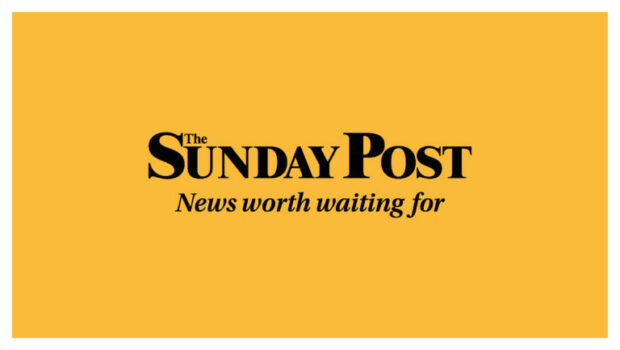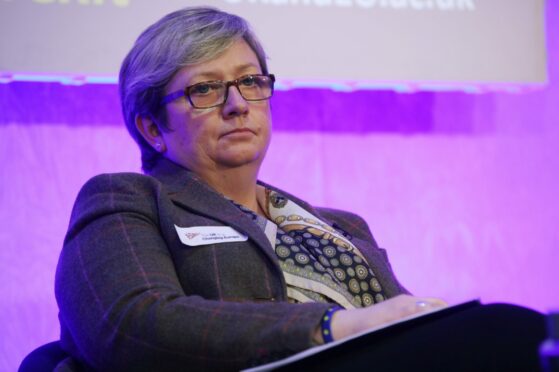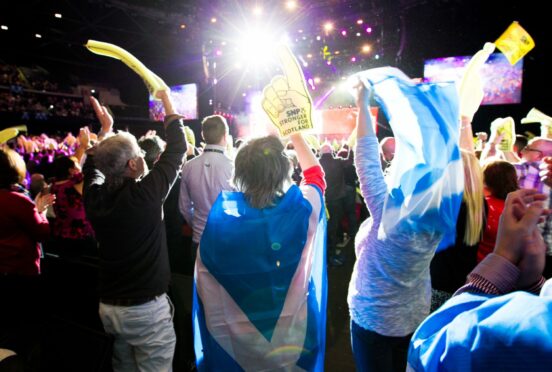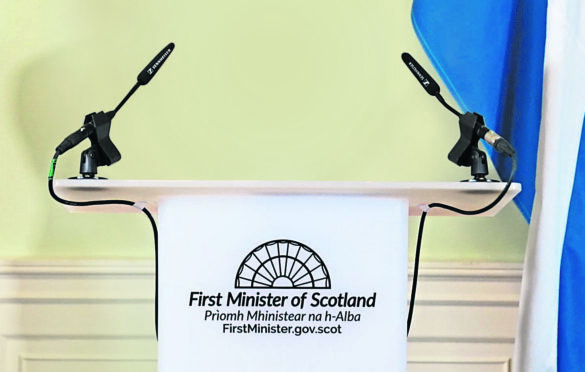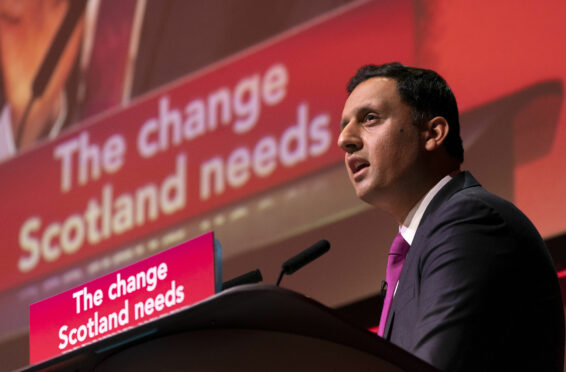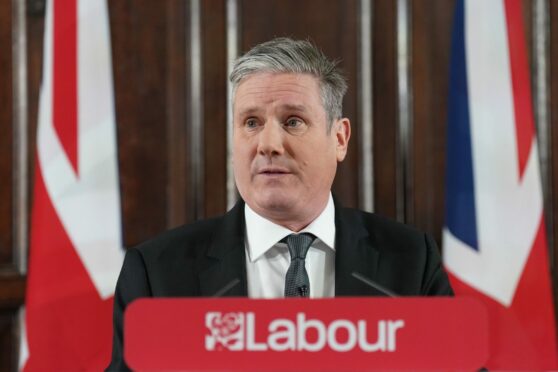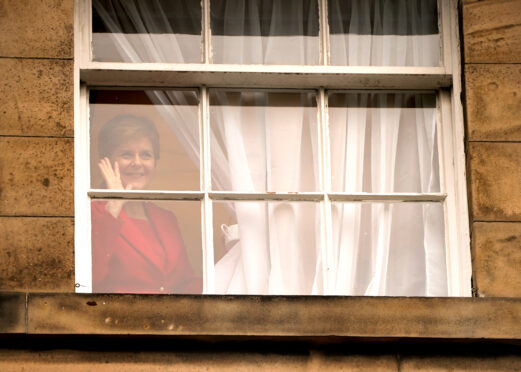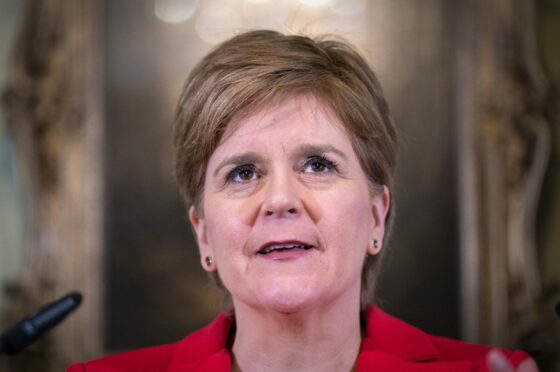
As Scottish Labour meets for its spring conference, Anas Sarwar could be forgiven for having a small spring in his step. The headlines in the weeks running up to the meeting of his party had featured calls for his political nemesis, the First Minister, to go. And, by Wednesday lunchtime, she had.
In her resignation speech, Nicola Sturgeon acknowledged she had become a lightning rod for the division that has riven Scotland’s recent political discourse while stopping short of taking personal responsibility for fuelling that disunity.
Who knows what straw eventually broke the camel’s back but, just two days before Sturgeon’s shock announcement that she would be standing down, one poll had exposed just how polarising a figure she had become.
With support for her and independence down, voters in general were evenly split on whether she should step down at the next election or now – with a substantial number of SNP voters saying now.
A poll of more than 2,000 Scots in Holyrood magazine revealed the gulf between the SNP government’s priorities after 15 years’ political dominance and those of ordinary Scots was massive. And that on the two main campaigning flanks most closely associated with Sturgeon – the gender recognition reform and her de facto referendum proposition – the public (and her party) was firmly against her. As she acknowledged, she was becoming the problem.
Rumours of Sturgeon’s departure had intensified recently, with commentators exploring both the fault lines in her party and her record in government, but the announcement when it came was still a surprise.
In a column published on Monday, which seems more prescient now, I wrote that, if she was any other minister in her government, the men in grey kilts would have paid her a visit by now.
So, while the glowing eulogies for this remarkable politician who, at 52, has been an MSP for almost half of her life and our longest-serving first minister flow, it is also worth examining why.
Sturgeon had a reputation for being good in a crisis, she came to UK prominence when she was Health Secretary, dealing with a national outbreak of swine flu, and her leadership led to a conference of doctors in England giving her a standing ovation and asking why they couldn’t have a health secretary like her.
But it also worth saying that, while adept at handling crises made by others – a global pandemic, a war in Ukraine, climate change – she seemed less sure-footed when dealing with home-made calamity.
She leaves an in-tray full of problems for her successor. From drug deaths to dualling the A9, to the abortive approach to a National Care Service, to the apparently inevitable fiasco of the Deposit Returns Scheme, to the parlous state of the NHS, to the broken promises around, ironically, The Promise, to the state of education, from dodgy ferry contracts to renewable energy giveaways, to failed climate-change targets, and the looming crisis in local government, there are few good news stories for the next first minister to tell.
And that’s before they must tackle the fallout of the gender recognition reforms while drafting a new roadmap to independence.
Many fine words are being written about Sturgeon as a communicator and campaigner, but her most damaging legacy for the country has been her lack of succession management. She departs abruptly with mounting problems and with no obvious leader-in-waiting. That is truly a mark of poor leadership.
Resigning, she said she was freeing her party to make its own decision on the best strategy for the next independence referendum. For some of the deeper thinkers in the SNP, that might mean putting independence on the backburner and returning to building a reputation for competent government.
And for Anas Sarwar, on the eve of his second anniversary as Scottish Labour leader, and at his own party conference, he could perhaps afford himself a little belief in the hope that the SNP hegemony of Scottish politics is at the beginning of its end and for him and for Labour, therein lies an opportunity.

Enjoy the convenience of having The Sunday Post delivered as a digital ePaper straight to your smartphone, tablet or computer.
Subscribe for only £5.49 a month and enjoy all the benefits of the printed paper as a digital replica.
Subscribe